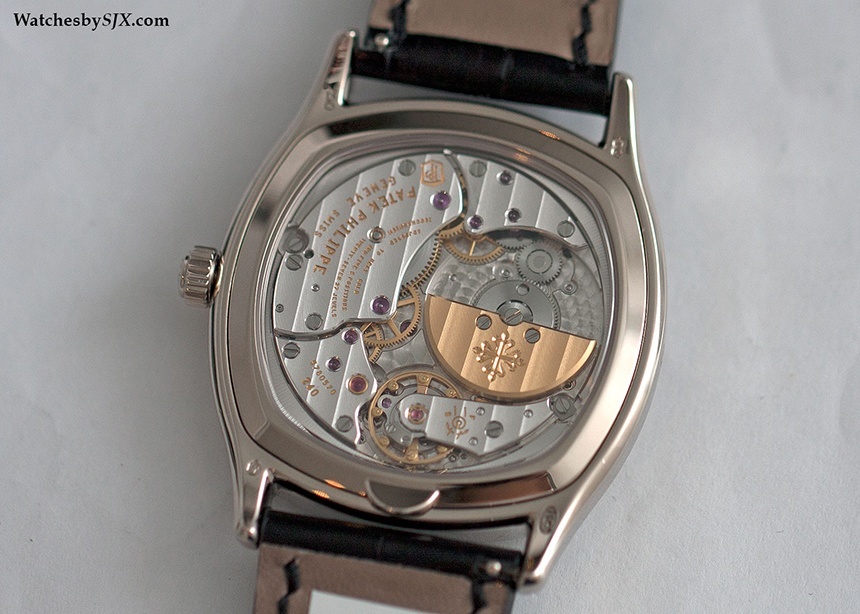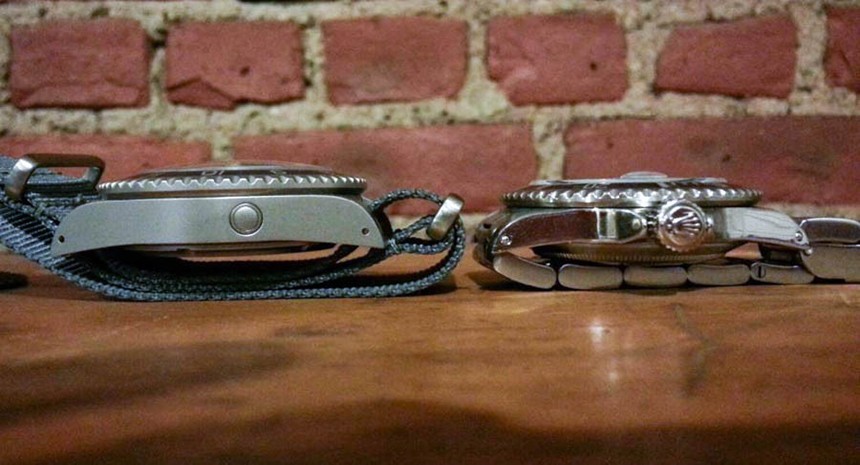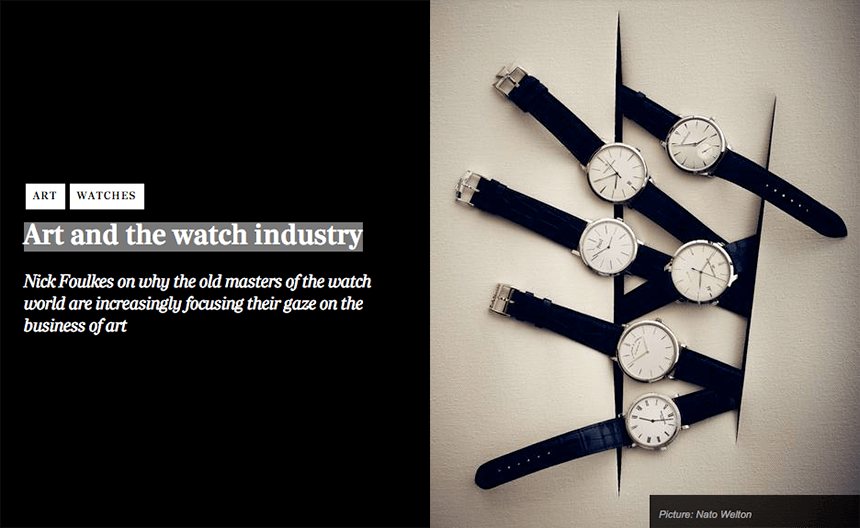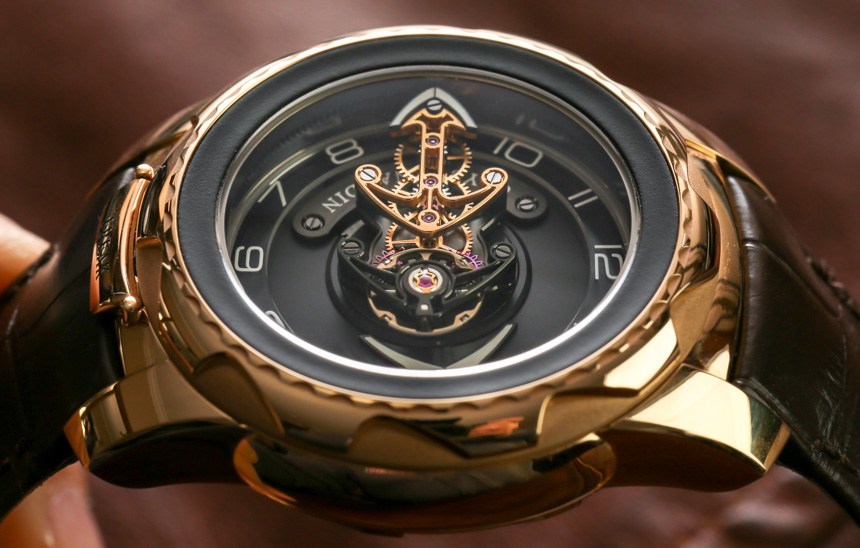1. Who Is Going To Fix Them In The Future?

One of the reasons why many people purchase a fine mechanical timepiece is because they are expected to last for years – as long as they are relatively well taken care of and serviced. And last year, Switzerland exported around 28 million timepieces. Consider this then: if these watches are expected to last a long time, then each additional year of production means that there is going to be more and more watches out there in the market. And with many brands reporting an acute shortage of skilled watchmakers, who is going to service all these watches out there when the time comes?
Source: Watches by SJX
2. Kurt Klaus, the inventor of the ingenious autonomous IWC perpetual calendar mechanism turned 80.

Living watch legend Kurt Klaus recently celebrated his 80th birthday. For the uninitiated, Kurt Klaus is the inventor of the autonomous perpetual calendar some 29 years ago. His invention allowed for the synchronization of the calendar indicators along with the four-digit year display. What’s more, this calendar would be accurate to over 500 years and it also allowed for an extremely accurate moon phase display. Also impressive was the fact that he accomplished this by adding no more than 90 parts. This article provides a rare insight into the life of this legendary watchmaking figure.
Source: Watch-Insider
3. Women and Watches: It’s Complicated

How many iconic ladies watches can you think of? Watches have traditionally been male domain, but more women are now getting hooked on watches too. And it is not necessarily just the blingy and diamond-encrusted pieces they are into. Women are becoming increasingly sophisticated and educated about watches, and there is a growing trend of gravitating towards complicated pieces. This is confirmed by brands such as Franck Muller, Bovet, and Chanel. Find out why this is happening and how brands are taking advantage of this.
Source: The New York Times
4. Technical Notes: The Sapphire Crystal

Sapphire is generally preferred over acrylic as the watch crystal of choice. Although I’m a big fan of acrylic crystals, I do concede that sapphire makes better sense, especially if is a watch for daily wear. The reason I say this is because it is extremely strong and therefore highly resistant to scratches. But did you know that the sapphire crystal used in watches are synthetic rather natural? And have you ever wondered how sapphire crystals are grown? This article discusses sapphire crystals in depth.
Source: Wound for Life
5. Art and the Watch Industry

It might surprise you to learn that despite being widely regarded as a form of art, fine mechanical timepieces have only very recently (in the past half decade or so) began collaborating with traditional artists. The term métiers d’art, which loosely refers to the application of traditional arts and crafts, is now widely practiced throughout the watch industry. Some examples include Greubel Forsey’s Art Piece 1 watch in collaboration with British sculptor Willard Wigan, and Kari Voutilainen’s piece unique 28 Hisui watch that features the artwork of legendary Japanese lacquer artist Kitamura Tatsuo. Find out which other brands are collaborating and why they are doing so in this article.
Source: Telegraph
6. Radically new watch escapements in development
Thanks to new technology, innovation in the watchmaking world has never been greater nor more exciting. And today, there are a number of groups who are working hard at developing brand new escapements. Some of the most recent ones that we have seen include Girard-Perregaux’s new Constant Escapement, as well as Ulysses Nardin’s new Flying Anchor escapement. Here, this video takes a look at another two new ideas that are currently in development – the Genequand escapement and the IsoSpring.
Source: TheWATCHES.tv

